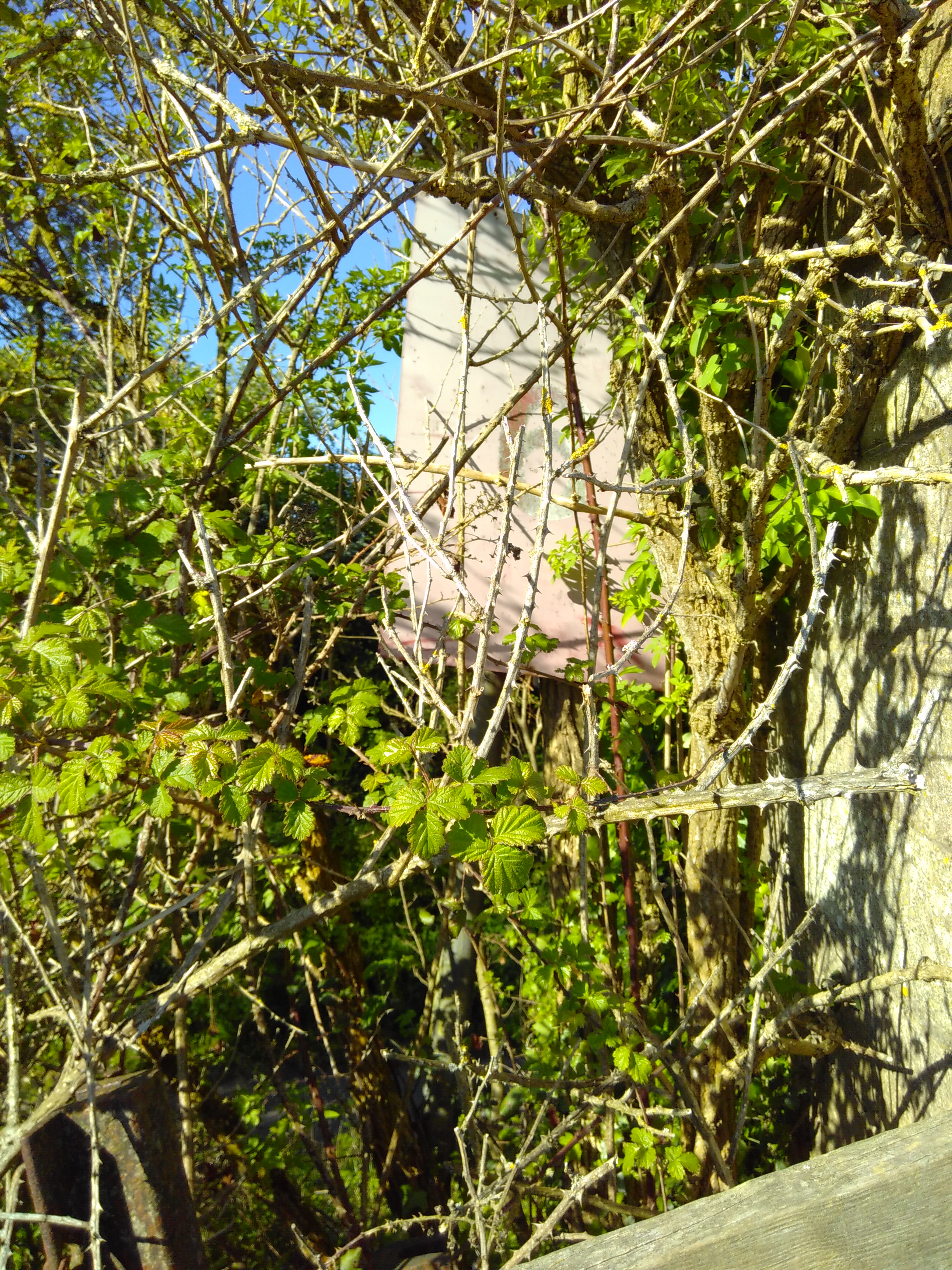WildStrawberry
New Member
- Joined
- 13 May 2018
- Messages
- 3
Hi, I've been part of a group clearing an old railway line (open from ~1870s to 1960s), now a foot path (the Strawberry Line in Somerset), and we've come across a few railway era things that I was hoping to find out more about. Pics attached.
- The first looks like a storage bin (for ballast? there's still some gravel in there). We've heard stories from people who used to play hide-and-seek in this as kids! Would it have had a cover, or open as it is now? Are there any photos of ones that have survived in better condition?
- The next is a sign with the number 6 on it, up at the top of the cutting, next to a farm bridge that goes over the line. Would it have been next to the line originally, to be seen by the driver? And I can't work out what the 6 would mean.
- Old bit of railway line in the cutting, next to the trackbed. Now used for a geo-caching point. I guess this has been made into a fence-post, with the wire wrapped through the holes? Did this happen a lot? Why didn't they sell the line on for scrap?
- Just off the trackbed: a twisted metal rod, with a thread on the end. Seems familiar but I have no idea what it is!
- Very hard to take a photo of! A broken concrete hard-standing, about ~4 meters across, and going back maybe 2 meters? Another one of the above metal rods in the foreground, and a fence-post in the background. One slab of the concrete is below the fence, another bit on the left hand side of the picture, and plants covering all of the rest, with more past the left hand side of the photo, including what seems like a very rusted low chain-link pedestrian gate. Could this have been a signal point?









